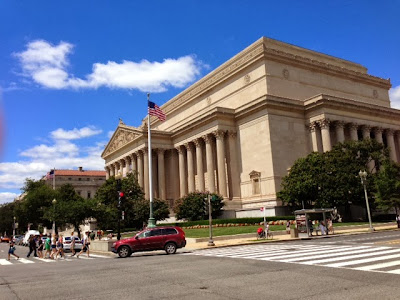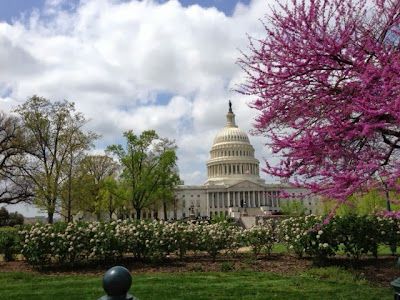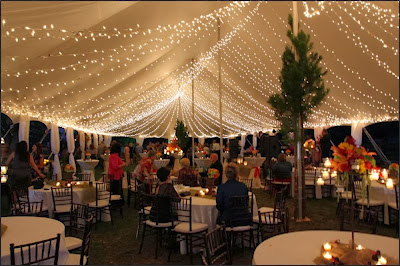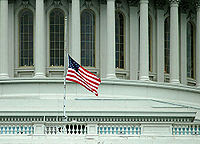A Month of Sundays?
Furloughed Pentagon employees may have gone back to work, but plenty of federal workers have not, so the commute and the walk are still very much like Sunday.
Instead of parking on the back ramp or the front ramp in the Metro garage, I park on the lower deck. Yesterday afternoon it took me a few minutes to find my car; I’d started looking for it too far back.
In one way, of course, this makes living easy, like I’ve suddenly been upgraded to first class. On the other hand (and I can’t believe I’m saying this), it makes me feel lonely. Where is the jostling, the great burst of pedestrian power? Where are my compatriots?






